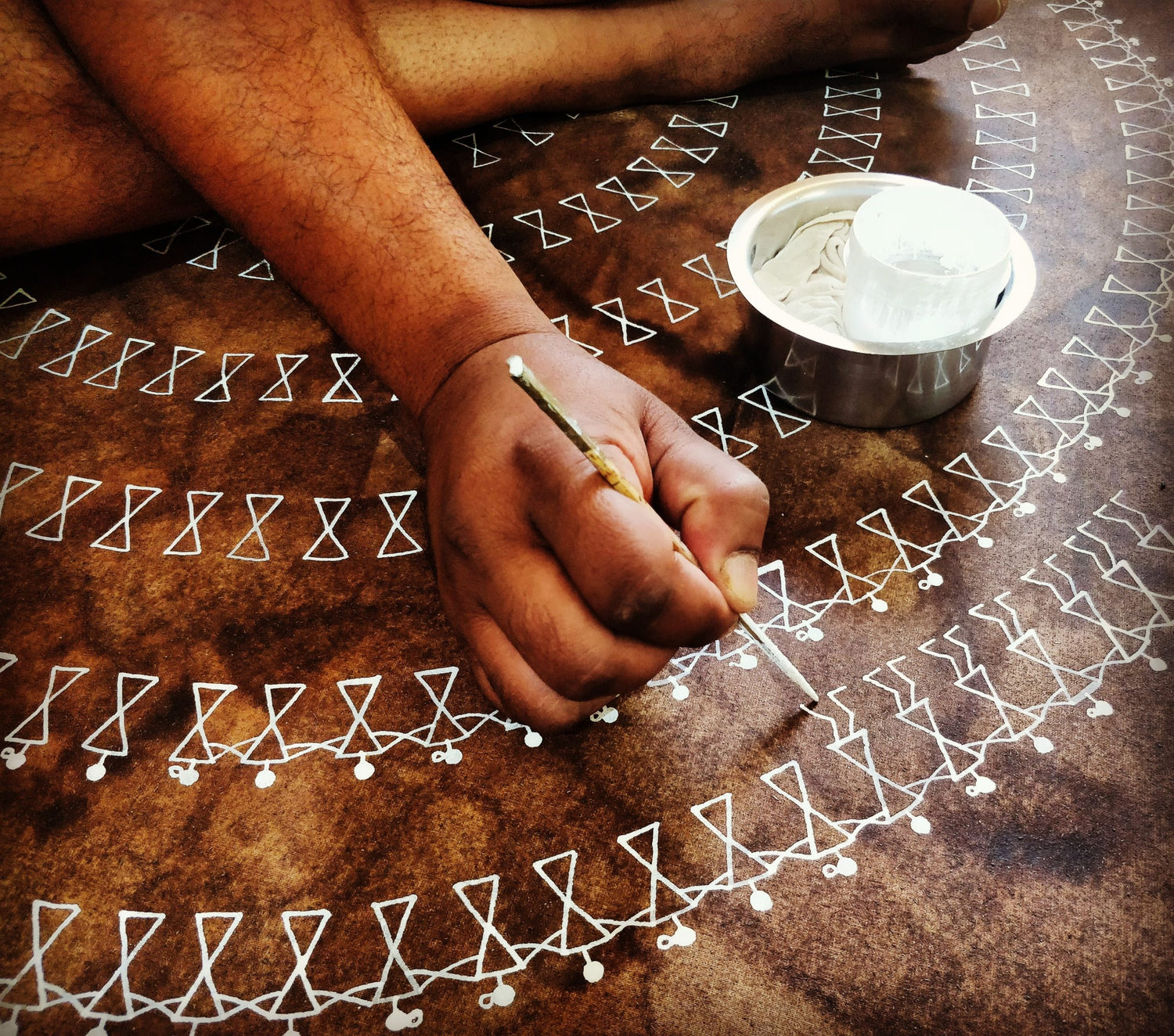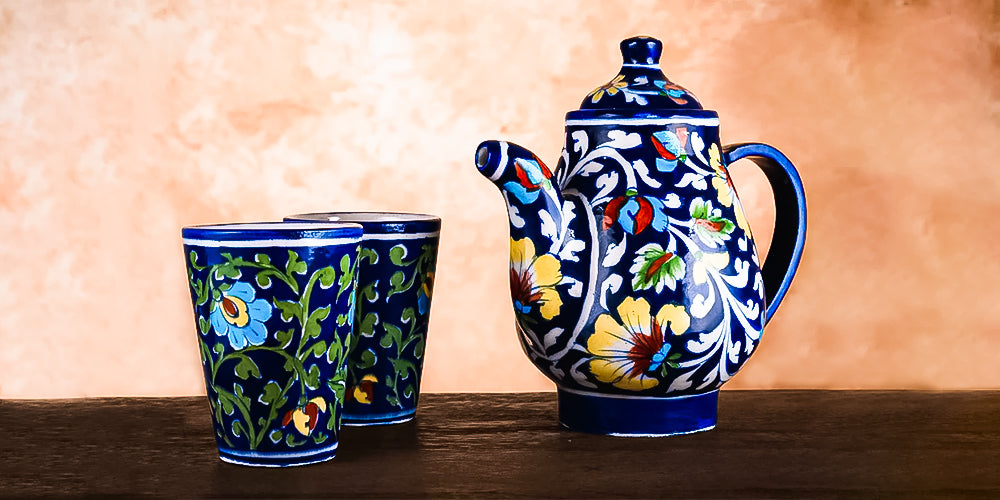“Warli art speaks of our way of life, our culture; it reveals the heart of the tribals.”
- Jivya Soma Mashe
India's cultural richness and diversity come alive through various art forms, with Warli art standing out as one of the most captivating and unique. Originating from the Warli tribe in India's western coastal regions, this art form has a rich history dating back to over 2500 BC. A rustic charm, simplicity of figures, and use of basic shapes make Warli art truly remarkable. In this article, we delve deeper into the art's history, significance, and present status, inviting you on a journey to explore the enchanting world of Warli art and experience India's cultural magic.
Unveiling the Roots - History and Origin of Warli Art
Hailing from the Warli tribe, one of India's oldest, this art form has been a reflection of their lifestyle, beliefs, and customs. Traditionally adorning the walls of their houses, Warli art remained unknown to the outside world until the 1970s when it was discovered by art enthusiasts. Its distinctive simplicity, using circles, triangles, and squares to depict stick figure-like human figures, sets it apart from other art forms. Embracing minimal colors, predominantly white, it exudes a timeless rustic charm that has gained popularity in recent times.
Elements of Simplicity - Warli Art Characteristics
Known for its minimalistic approach, Warli art artfully blends basic shapes and monochromatic tones. Figures crafted in circles, triangles, and squares often form a circular pattern symbolizing the cycle of life. This art form's connection to nature shines through elements like trees, sun, and animals, echoing the Warli tribe's close bond with the environment. Beyond paintings and murals, Warli art finds expression in handicrafts like pottery, textiles, and baskets, preserving its essence and reaching a wider audience.
Enriching Indian Culture - Significance of Warli Art
A true reflection of the tribe's lifestyle, beliefs, and customs, Warli art portrays the tribe's deep connection to nature and the cycle of life. Hierarchically placing figures, it mirrors their social structure, commemorating significant events like weddings and harvest festivals. With its rising popularity, Warli art now represents India's rich cultural heritage and finds expression in movies, advertisements, fashion, and various media, drawing a global audience.
Modern Creativity - Adaptations of Warli Art
As the art form gains popularity, artists explore modern adaptations, incorporating colors, contemporary themes, and diverse mediums. Vibrant hues breathe new life into Warli art, making it more captivating and relevant. Innovative themes bridge the gap between tradition and contemporary life, while diverse mediums like canvas, paper, and fabric expand its artistic reach.
Craftsmanship and Tools - Techniques Used in Warli Art
Warli art's simplicity shines through its creation, utilizing basic shapes and a bamboo stick dipped in rice paste. Figures are formed using circles, triangles, and squares to represent the cycle of life. Rice paste, a mixture of rice flour and water, brings these art pieces to life on walls or canvas.
Preservation and Promotion - Popular Warli Art Forms
Apart from paintings and murals, Warli art thrives in handicrafts, such as pottery, textiles, and baskets. This diversification has helped preserve the art form and make it more accessible to the public. Noteworthy murals adorning building walls bring Warli art to a broader audience.
Global Recognition - Warli Art's Journey
Warli art's journey is an inspiring one, gaining global recognition as a symbol of India's cultural heritage. Exhibited in various countries, it has earned acclaim and appreciation. Embraced by companies worldwide, Warli art graces products like clothing, home decor, and accessories, enriching the global market.
Embracing the Future - Flourishing Warli Art
As India's cultural gem, Warli art continues to thrive and evolve. Supported by the government's efforts, craft centers, museums, and artist training ensure its preservation and growth. Encouraged by the private sector's involvement, Warli art flourishes, maintaining its timeless appeal and earning its place in the global market.
In conclusion, Warli art stands as a testament to India's rich cultural heritage and artistic legacy. Its simple yet profound representation of life, harmonious connection with nature, and growing global recognition make it a cherished and everlasting treasure of Indian culture.



Leave a comment
All comments are moderated before being published.
This site is protected by hCaptcha and the hCaptcha Privacy Policy and Terms of Service apply.